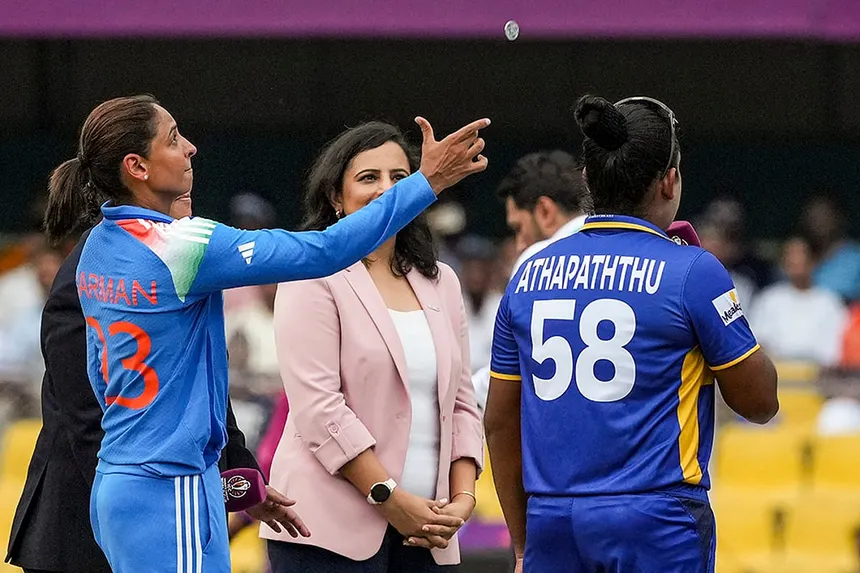
The Women’s World Cup opener between India and Sri Lanka in Guwahati was not just a cricketing spectacle but also a logistical challenge for authorities, who rolled out a strict two-tier security arrangement. With the eyes of the cricketing world fixed on India as hosts, officials left nothing to chance, ensuring the safety of players, officials, and thousands of fans attending the match.
The security blueprint featured two distinct layers. The outer security cordon was designed to manage public entry, traffic diversions, and screening of spectators before they approached the stadium. This zone covered approach roads, parking lots, and holding areas where fans gathered prior to entering the venue. Police checkpoints were set up along arterial routes to prevent unauthorized entry, while barricades and security personnel regulated vehicular access.
The inner security ring was deployed inside and immediately around the Barsapara Stadium. Here, private security and police worked together to manage stadium gates, frisking, surveillance, and movement within restricted areas like dressing rooms, dugouts, and media sections. Surveillance cameras, drone monitoring, and constant wireless communication ensured that no lapse occurred in areas closest to the players.
In total, nearly 450 police officers were mobilized alongside around 800 private security guards, making this one of the most extensive security operations ever planned for a women’s cricket event in the region. Riot control vehicles, fire tenders, and emergency medical units were kept on standby to address any unforeseen issues. Authorities even stationed observers at vantage points on nearby high-rise buildings to maintain an eye on crowd activities outside the stadium.
Traffic management was another critical piece of the plan. Six large parking zones on the outskirts of Guwahati were earmarked for fans, with shuttle services ferrying them to the stadium. Ten closer lots were reserved strictly for teams, officials, and accredited media, with strict checks in place. To avoid festival crowd spillover—since Navratri celebrations are ongoing nearby—separate arrangements were made for devotees, ensuring there was no clash with cricket traffic.
Spectators were also reminded to follow the rules. Announcements and public advisories asked fans to arrive early, bring valid ID, and avoid carrying banned items such as large bags, bottles, or firecrackers. Bag scans and multiple screening points were established to keep checks thorough but smooth.
The overall objective was to deliver a safe environment without overshadowing the cricketing atmosphere. For the players, especially those representing India and Sri Lanka, the assurance of comprehensive security allowed them to focus entirely on the game. For organizers, pulling off a flawless opening match in terms of safety and logistics was crucial for setting the tone of the tournament.
The successful execution of this layered security system underscored India’s readiness not only as a cricketing giant but also as a capable host of global women’s tournaments. With the opener going ahead without disruption, the focus now returns fully to the cricket, where India made a strong start against Sri Lanka, much to the delight of home fans.
12BET Shortlisted for Sportsbook Operator of the Year at SBC Awards 2025

